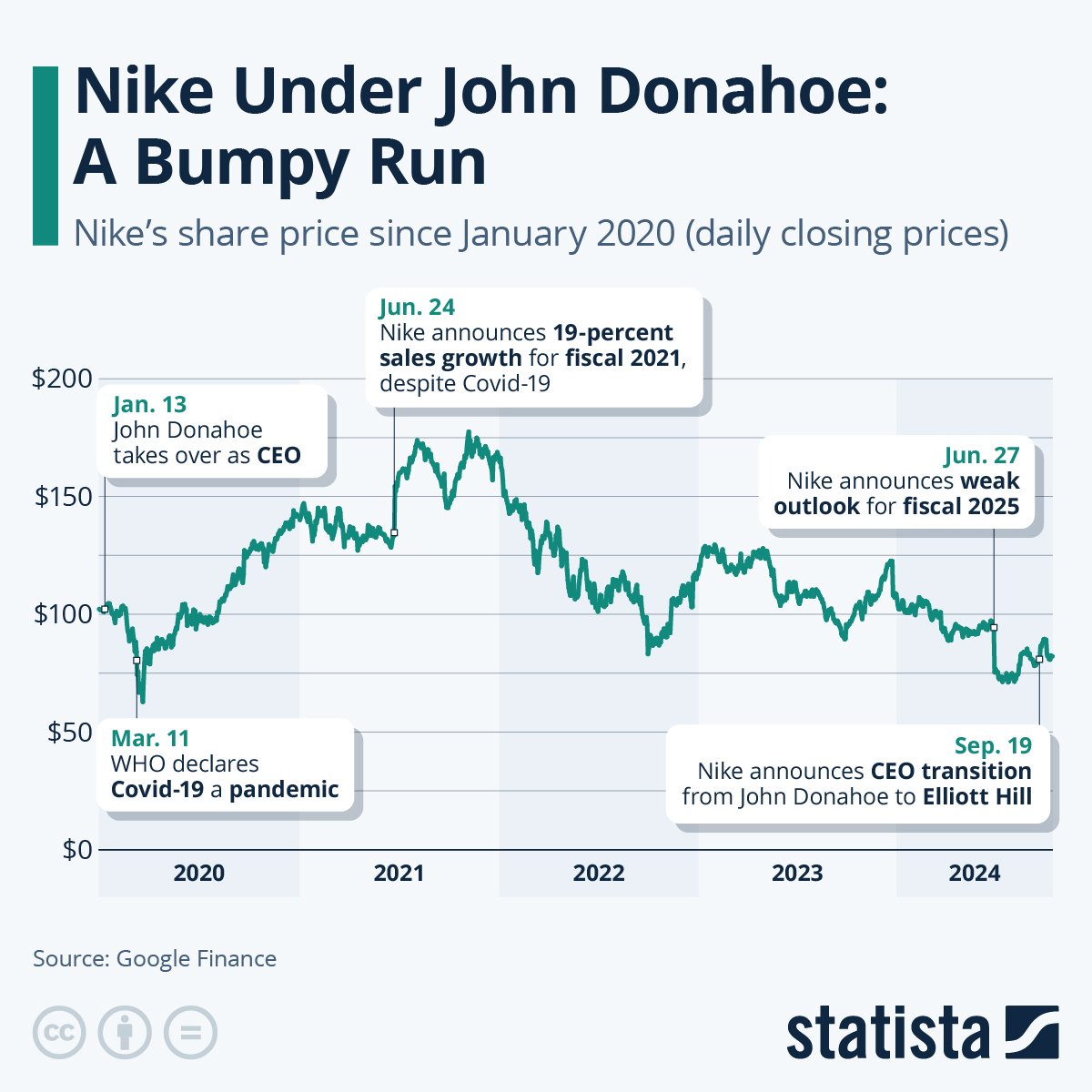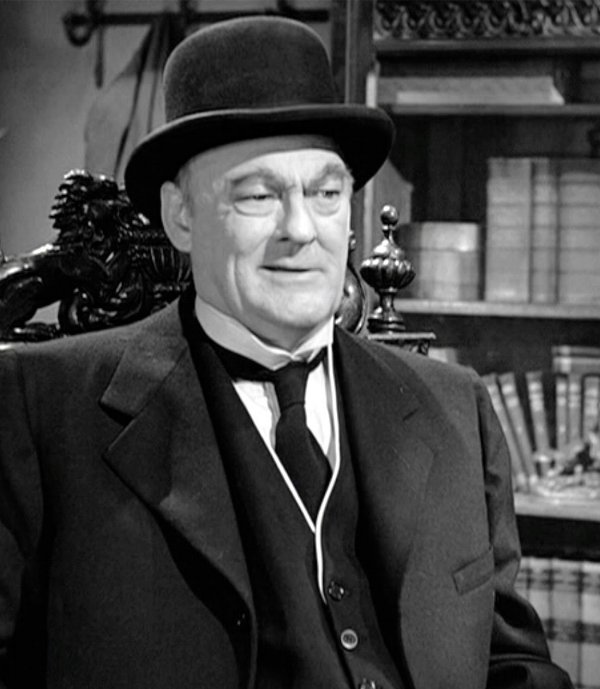Get In Touch
hello@untangld.co
Get In Touch
hello@untangld.co
Follow
|
LinkedIn

We use cookies to make sure you have the best experience on our website. Fear not, we don’t sell your data to third parties.


Aimlessly scrolling through the internet last week – I came across a thought provoking post on ‘last-click attribution’ from the inimitable Paul Bailey. The post posed a simple question, and sparked to life an article I’d been planning to write, but hadn’t managed to get from thoughts to paper.
His post pointed out that nearly 50% of Premier League goals are scored by strikers. So should clubs only hire strikers?
The answer, obviously, is no.
We all know that football teams need balance: playmakers, workhorses, and 6ft7 centre-backs from Blyth with solid granite foreheads. Roles that don’t (always) make the headlines, but do make winning possible.

It’s been an increasingly consistent observation that business has forgotten this. Obsessed with optimisation, we’re increasingly making decisions purely around what’s measurable. We’re only hiring strikers.
The risk? We end up with a system that looks efficient on paper, but can’t actually win a game.
The data revolution saddled us with the dogma that in business; efficient = good. That optimisation, automation, and data-led decision making are the hallmarks of a well-run organisation. Problem is; the more you optimise the system, the less capable you are of creating anything new or intangible. Short-term activation tactics are easier to measure, so they get more budget, long-term brand-building – while harder to quantify – delivers larger compound returns over time – gets less. (Binet & Field; The Long and the Short of It). The intangibles matter.
In most modern businesses every decision must be backed by data. And as much as we all love surety, this cuts out appetite for creativity. Creativity is risk. For businesses, zero risk is (ironically) the biggest risk of all.
As data are historical by definition they can only tell you what has worked, not what could. When companies outsource decisions to the past, they lose their most important future-facing asset: Creativity.
The early red flags are subtle: removal of flexibility, reduced autonomy, decision paralysis. Soon, your organisation is filled with people asking “Can we prove this?” instead of “Should we try this?” Part of what’s lost is intuition – that powerful, hard-to-articulate sense of what’s right.
From a cognitive perspective, intuition constitutes an enormous amount of data – not a lack of it. Non-conscious intelligence draws on pattern recognition, emotional memory, and lived experience. Data your brain has absorbed, but can’t fully verbalise. That’s why decisions often feel right before they make rational sense (Kahneman; Thinking, Fast and Slow).

This is where value is created: in leaps, not increments. In experiments. In cultural nuance and messy human understanding. All things that can’t be plotted on a graph – but can build billion-dollar brands.
Nike have been in the headlines with their over-optimised D2C shift under John Donahoe tanking market cap and alienating partners, fans, and customers. Starbucks lost its identity when it started managing stores like spreadsheets. These aren’t just cautionary tales. They’re what happens when companies forget that efficiency is supposed to support value – not replace it.

Best practice is the death of originality. You’re not leading, you’re lagging with confidence.
And the cost? Stagnation. Irrelevance. A workforce with no instinct. A brand with no soul. The data won’t show the cliff edge until you’re already off it.
It’s not all doom and gloom; here are three handy (if not unorthodox) ways to tell if your organisation is creating value:
1. Make sure people are making mistakes.
If you’re not failing occasionally, you’re not doing anything new. The best businesses try what others won’t. They go out into the wild. They talk to people. They let culture grab them. They allow inspiration to strike.
They take the leaps.
2. Look for the signal in the noise.
Recentring around value creation doesn’t mean abandoning data. It means asking better questions of it. What’s the signal here? What’s behind the numbers? What’s going on that we can feel but not prove – yet? Good leadership doesn’t eliminate risk – it welcomes a little of it. The military has a handy rule: act when you’re 85% sure. Because the final 15% is either impossible, or impractical to get squared away. If it’s good enough for when you’re being shot at, it’s probably good enough for marketing.
3. Ask if more efficient is really better.
Because if Moonpig has taught us anything, it’s that a streamlined, mass-produced card might just kill the very thing it was supposed to deliver. We all know that if one lands on our welcome mat it’s likely the sender either forgot, panicked, or chose the path of least resistance.
In other words: We were probably an afterthought. Sorry.
As any lemonade stand entrepreneur will tell you; you don’t win by just squeezing more out of the system – that’s small thinking. You win by growing something worth squeezing.
Thirsty? Let’s fix that. Talk to us.







